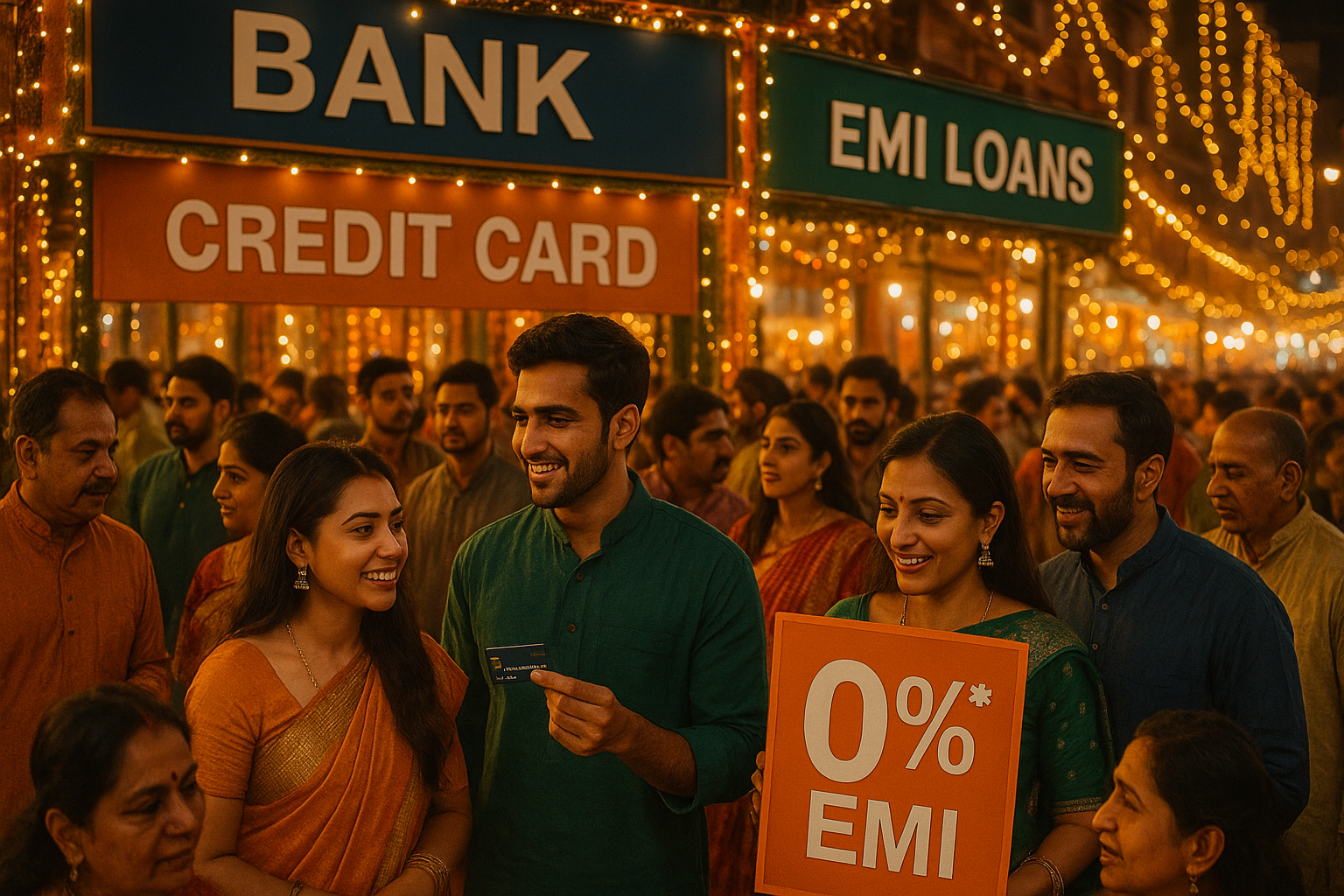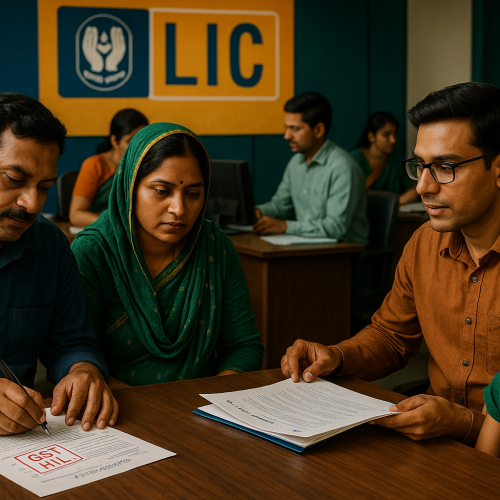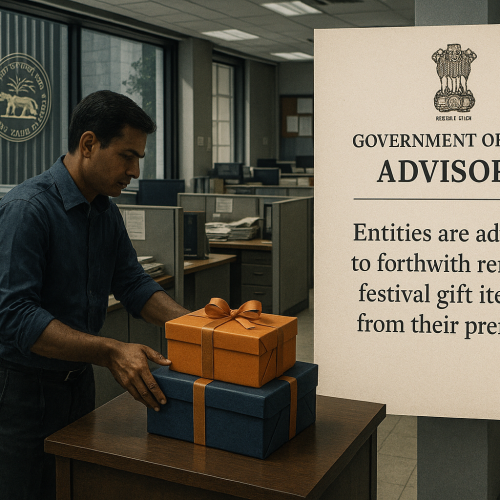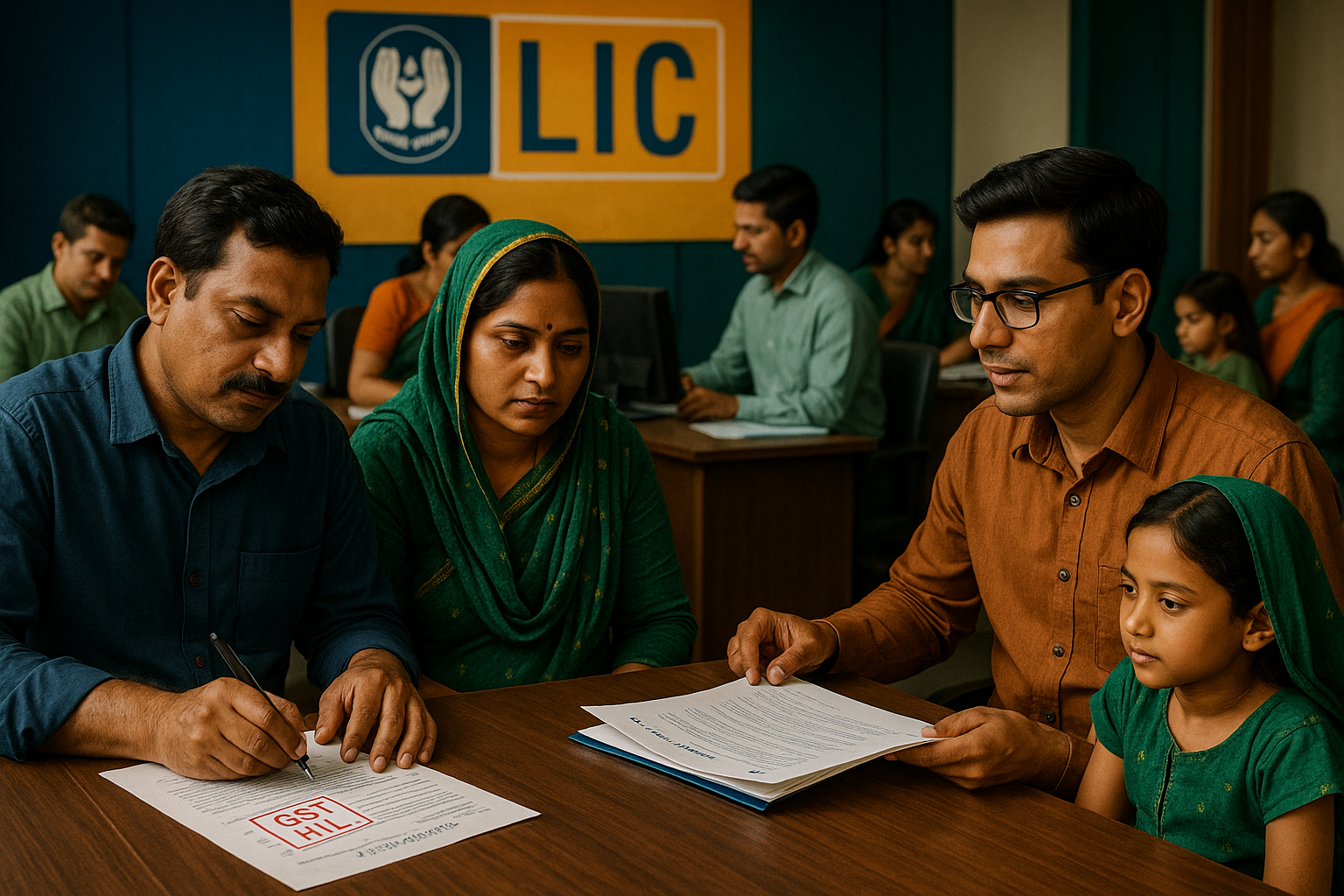India’s festive season is coinciding with the rollout of GST 2.0, unleashing a wave of credit offers from banks and NBFCs. With essentials cheaper and consumer sentiment high, lenders are aggressively marketing loans, EMI schemes, and cashback rewards. Analysts expect 11–12% credit growth in H2 FY26, powered by retail and unsecured lending. While the surge promises a short-term consumption boost, regulators are keeping a close watch on overextension risks.
Core Development
GST 2.0 has streamlined slabs to 5% and 18%, reducing prices of essentials like food, medicines, and education, while keeping luxury goods at 40%. This has aligned perfectly with festive demand for durables, vehicles, and lifestyle goods.
Kotak Mahindra Bank is offering instant discounts up to ₹30,000 on electronics and lifestyle purchases.
IDFC First Bank has launched “Khushiyan First,” with cashback and reward multipliers on appliances.
L&T Finance is targeting two-wheeler buyers with “EMI Lite” and prompt payment rebates, waiving final EMIs for disciplined borrowers.
Key Drivers / Issues
Tax relief under GST 2.0 is spurring demand.
Festive season peaks amplify consumer appetite for credit.
Banks and NBFCs are leveraging offers to expand market share.
Regulators remain cautious about rising unsecured lending.
Stakeholder Impact
For consumers, affordability improves through discounts and easier EMIs. Banks and NBFCs benefit from higher loan disbursements, particularly in retail and two-wheeler segments. Retailers gain momentum from stronger demand. For the RBI, monitoring credit quality is crucial to avoid build-up of bad loans.
Industry & Policy Reactions
Sudipta Roy, MD & CEO of L&T Finance, said schemes are designed to catalyze demand and reinforce leadership.
Crisil Ratings projects 11–12% bank credit growth in H2 FY26, with retail lending up 13%, led by personal, gold, and consumer durable loans.
Analysts highlight the role of NBFCs in bridging credit access for small borrowers and MSMEs.
Challenges Ahead
Preventing asset quality deterioration amid unsecured loan growth.
Ensuring sustained consumption beyond festive peaks.
Balancing aggressive credit expansion with financial stability.
Strategic Outlook
GST 2.0 combined with festive lending schemes may mark the start of a new consumption cycle. If supported by responsible credit practices, the push can strengthen retail demand and support GDP growth. However, the RBI’s oversight will be critical in managing systemic risks.
Why This Matters
The fusion of tax reform and festive lending highlights how policy and market dynamics can converge to drive consumption. The outcome will shape credit quality, retail growth, and financial stability in FY26.












